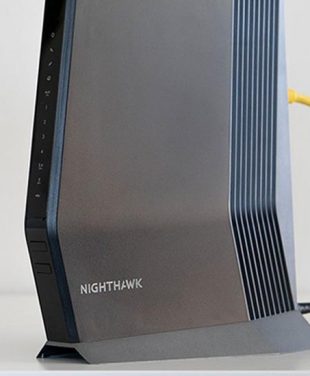WiFi Streams – Why do they matter…?
IN THIS ARTICLE
What are WiFi streams?
When we look at specs for new WiFi routers, in the interest of buying the fastest router, generally what is touted on the packaging and marketing messages are the maximum theoretical speeds like AC1900 or AC2600. While this information is important, it doesn’t explain the full story about how these fast WiFi devices achieve this performance. Nor does it state how the router performs in crowded environments, or what the estimated range of the router may be.
Without getting into the engineering, there are some easily understood functions that will help both the casual and even more advanced buyer discern one device from another. A WiFi signal is built on a couple of things (not to over simplify). There is first the frequency of the radio band that the signal travels on. In WiFi, there is the 2.4GHz band, which is what the first consumer WiFi networks used, and then, more than a decade or so ago, the 5GHz band was added, creating dual-band WiFi routers. The addition of this second band was to allow for greater “space” in which to allow WiFi signals to communicate. What rode in each radio band was a WiFi stream. The stream is what actually carries the WiFi data which allows communication between your device and the router.
The top theoretical speed of the router is determined by the speed of the stream, multiplied by number of streams the router has. The stream speed is determined by the WiFi standard deployed in the router while the number of streams is determined by the router design.
Some history about WiFi streams
n each WiFi standard, starting with 802.11n (WiFi 4), the total throughput of a router’s WiFi speed was a function of how many streams it employs. The first N routers had one (1) stream with a single band at 2.4GHz. It therefore had a maximum speed of 150Mbps.
Later models then came out with up to 4 streams per radio band. And we also saw dual-band routers with 2.4GHz and 5GHz radios. The streams in each band could be combined for higher overall speeds with the client device if the client device had a multiple stream radio built in. So, if you had a 4-stream router, you could get up to 4*150Mbps = 600Mbps. To get this maximum, you had to have a device with a 4-stream radio onboard.
Then we saw AC (WiFi 5). AC followed the same path as N, with up to 4 streams per radio band. But, unlike N which had a max speed of 150Mbps per stream, the new AC standard raised that limit to 433Mbps (often rounded up to 450) in the 5GHz band only. So, a single AC based stream was equal to a 3 stream N device! That was a significant jump. As an example, the most popular NETGEAR WiFi 5 router, the Nighthawk R7000, is listed as an AC1900. Comprised of three (3) streams for a total speed of 1300Mbps (3*433) plus the 4N based 150Mbps streams in the 2.4GHz range for a total speed of 600Mbps (4*150) giving a total combined speed of 1900Mbps. So the R7000 was referred as an AC1900 device. If you’ve been wondering how we go to our AC numbers, there you have it!
Routers with more Spatial Streams – Better Capacity & Efficiency
 Aside from the increase in speed by adding more streams, the more spatial streams a router has, the more data it can send and receive from devices, with multiple streams, overall reliability and speed improving due to increased diversity. Because separate data signals can be sent to and from devices on different spatial streams, the amount of information that can be sent over a network greatly increases. Essentially, more spatial streams means more available bandwidth and less congestion for all the devices in the WiFi network.
Aside from the increase in speed by adding more streams, the more spatial streams a router has, the more data it can send and receive from devices, with multiple streams, overall reliability and speed improving due to increased diversity. Because separate data signals can be sent to and from devices on different spatial streams, the amount of information that can be sent over a network greatly increases. Essentially, more spatial streams means more available bandwidth and less congestion for all the devices in the WiFi network.
The latest addition to the NETGEAR Nighthawk routers, the Nighthawk AX8 8-Stream WiFi Router and the Nighthawk AX12 12-Stream WiFi Router, support higher number of WiFi streams than ever before. As these next-generation WiFi 6 routers add more spatial streams and QAM to vastly increase overall network capacity and efficiency, the new standard of WiFi is ready to deliver significant improvements over the earlier generations.




